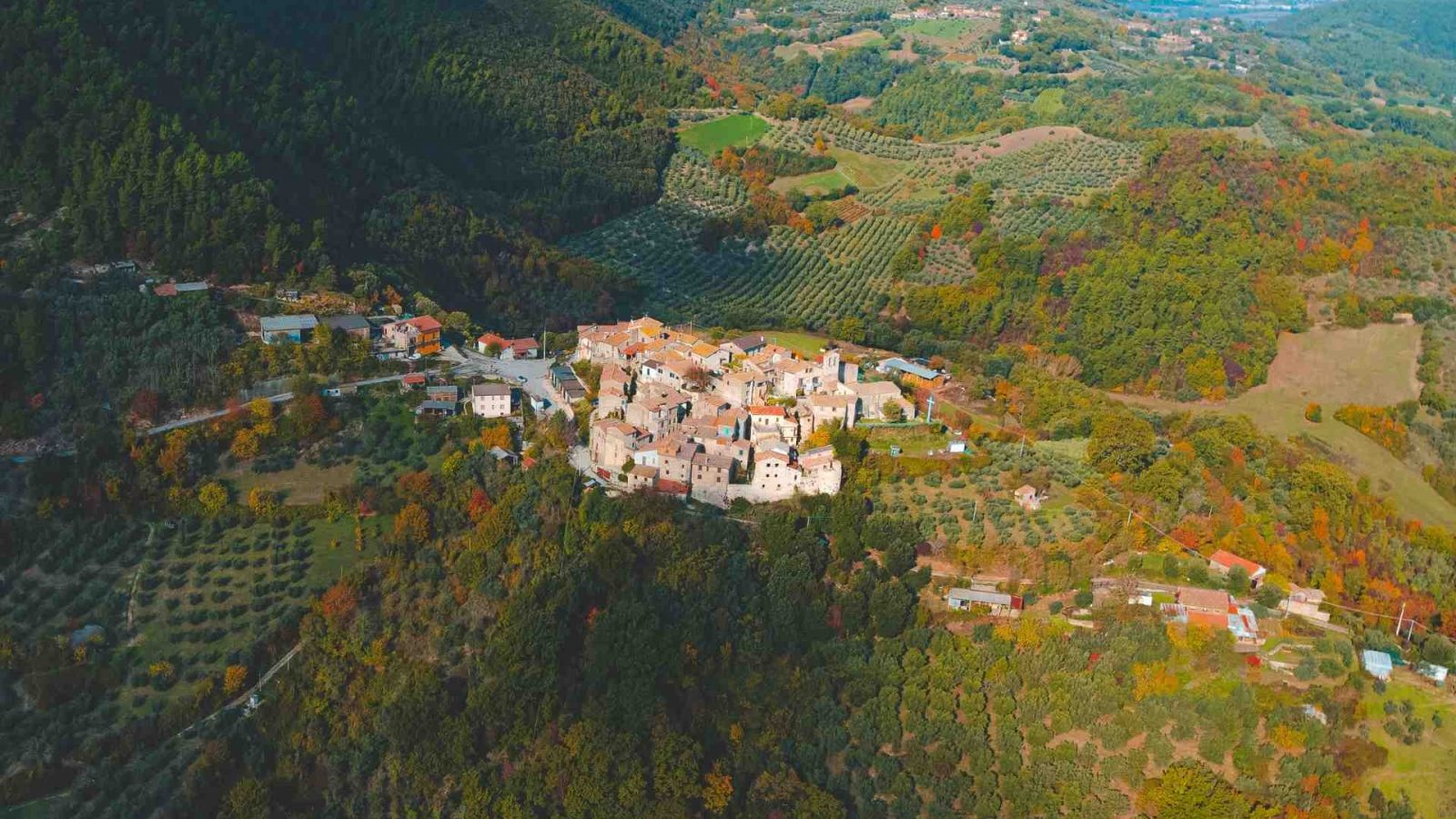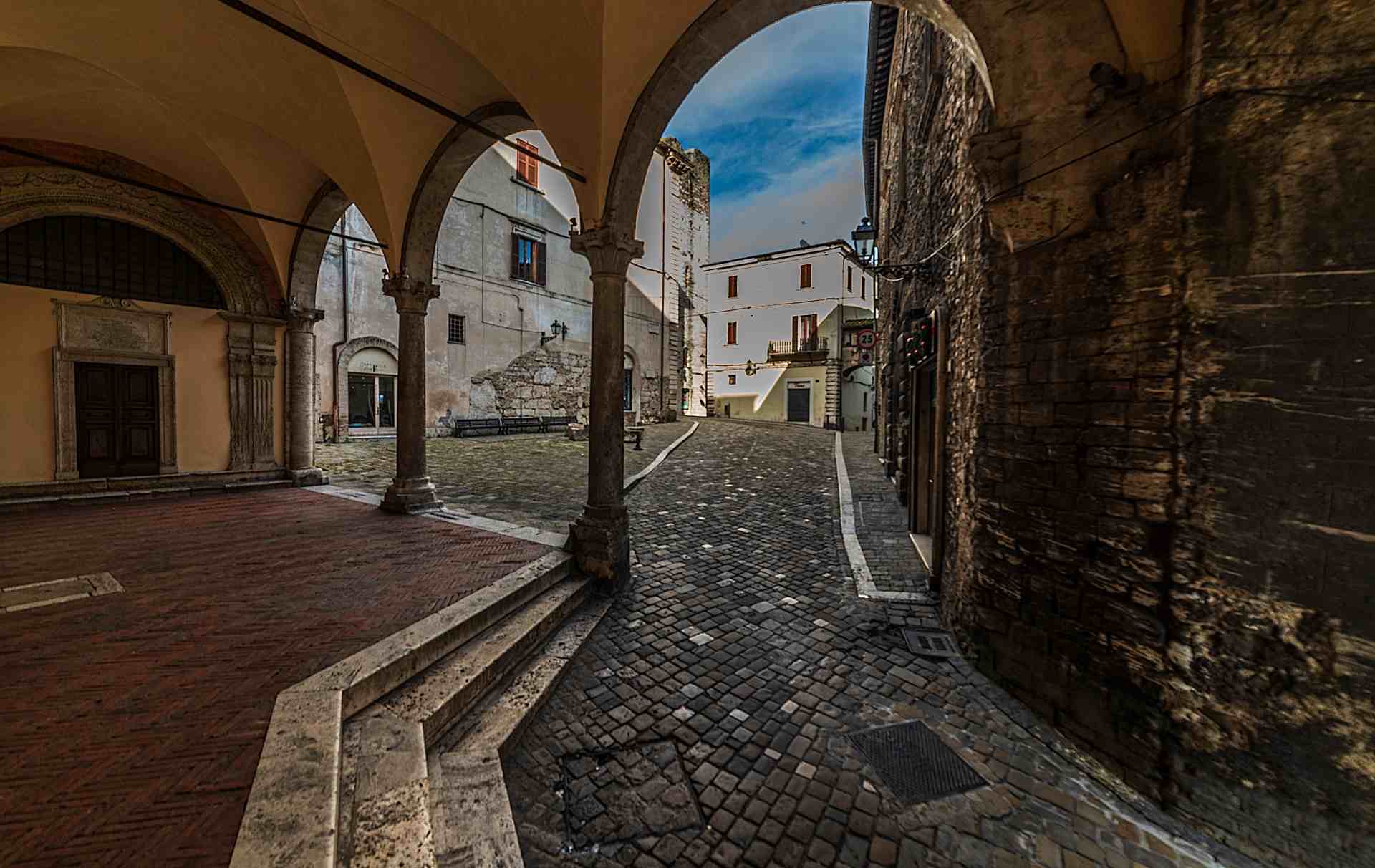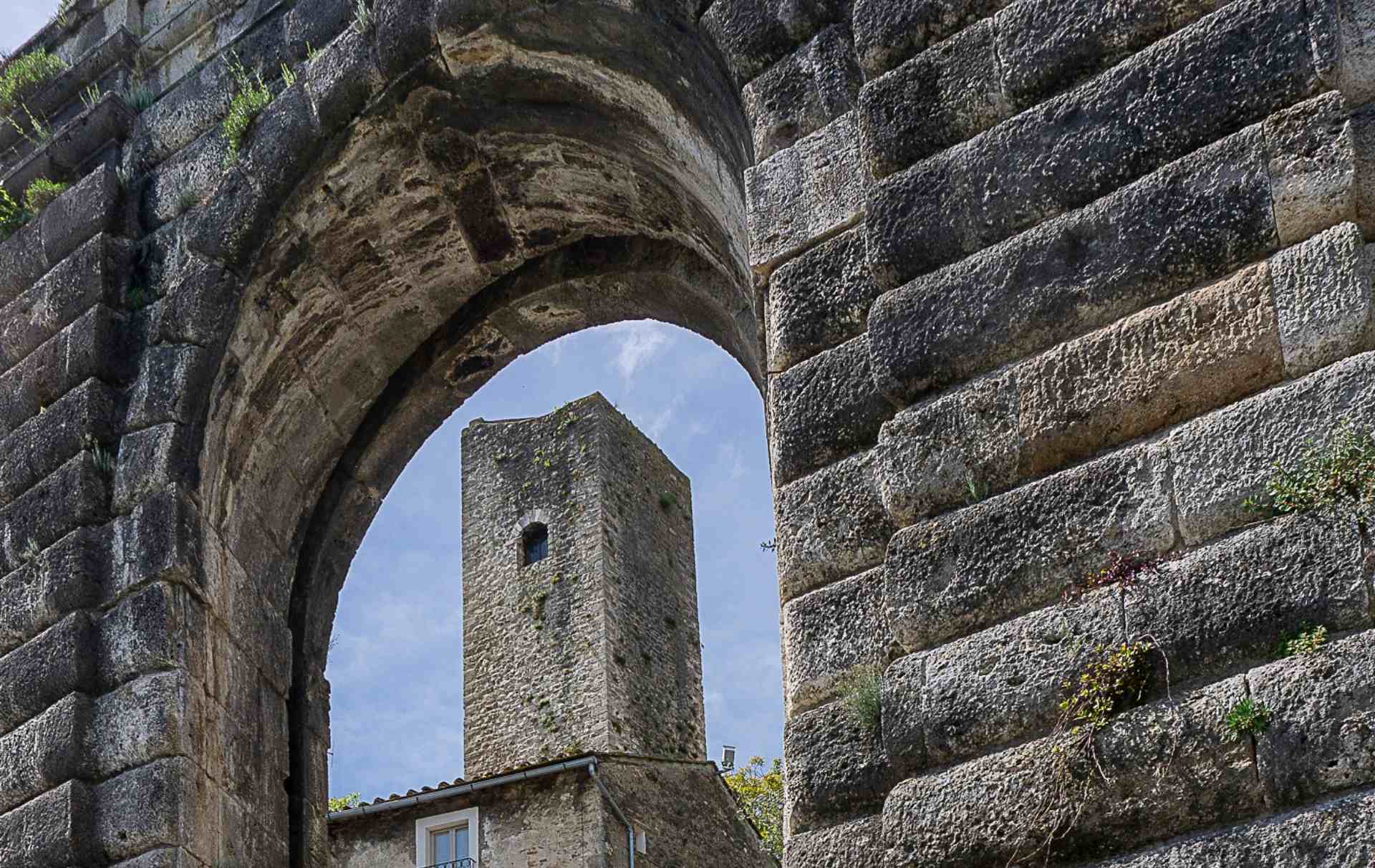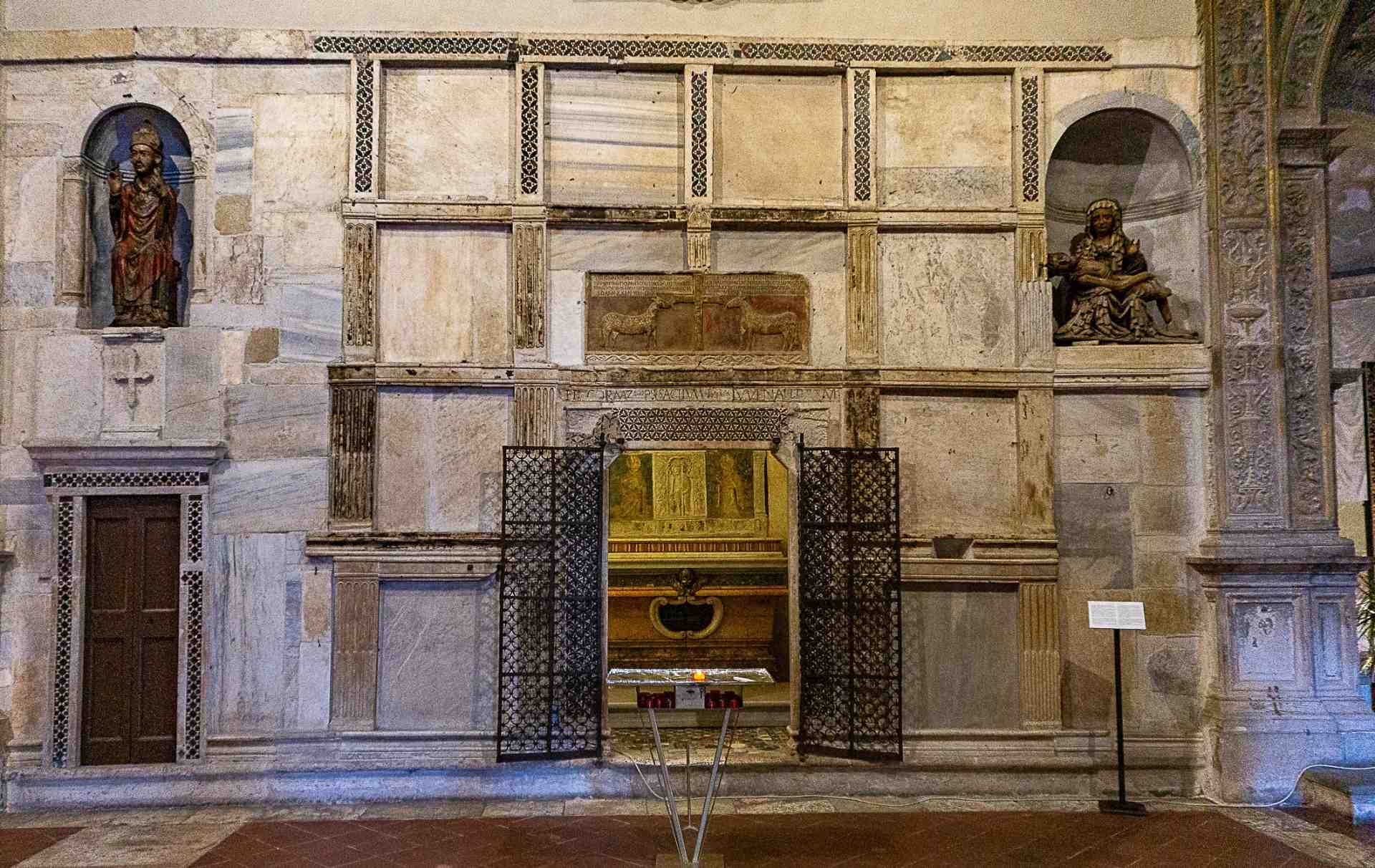Sant’Urbano, near the Sacred Cave of San Francesco and from Itieli, is the last village of Narni on the border with Vasciano and the municipality of Stroncone.
Sant’Urbano di Narni.
The medieval castle was a domain of the Castelli family from Terni and was donated half to the Abbey of Farfa in 1038.
From 1277 onwards the castle was, in fact, always under the influence of Narni.
Nearby there are traces of Roman works, of which the most important is the Formina Aqueduct that rises on the slopes of Mount Bandita.

The Church of San Michele the Archangel rises on the remains of a previous medieval of which remains only the bases of the apse built on a tower of the walls.
The altars preservers prestigious canvas of the 17th century , the major altars dedicated to San Michele Arcangel has a big canvas framed with columns and friezes of gilded wood of the half of the 17th century, and the baptsimal fount is from 1662, in the apse there are frescoes of the 15th century.
The Formina trail.
The village is the arrival of the Hiking Trail of the Formina which starts from the Narni walls retracing all the points of interest linked to this hydraulic work of Roman origin.
Sant'Urbano
Sant’Urbano – 05035, Narni
The pretty village can be visited all year round.
You can park at the lowest point of the village and visit the village on foot.
Discover Narni.
Discover with us the interesting places nearby.
Or discover the points of interest of Narni and of its territory:

The facade and the Renaissance Porch
The principal facade of Narni’s Cathedral, faced on piazza Cavour, is characterized by a porch built during the renaissance, which frames three marble doors with

Fiera Gate
The ancient and austere Fiera Gate, in the past called Porta San Vittore from the name of a church near by, there is on the

The right aisle, the fourth aisle and the Sacello of San Giovenale
One of the particularities of the Cathedral of Narni is the presence of two aisles instead of one. The right aisle continues with that birthed


